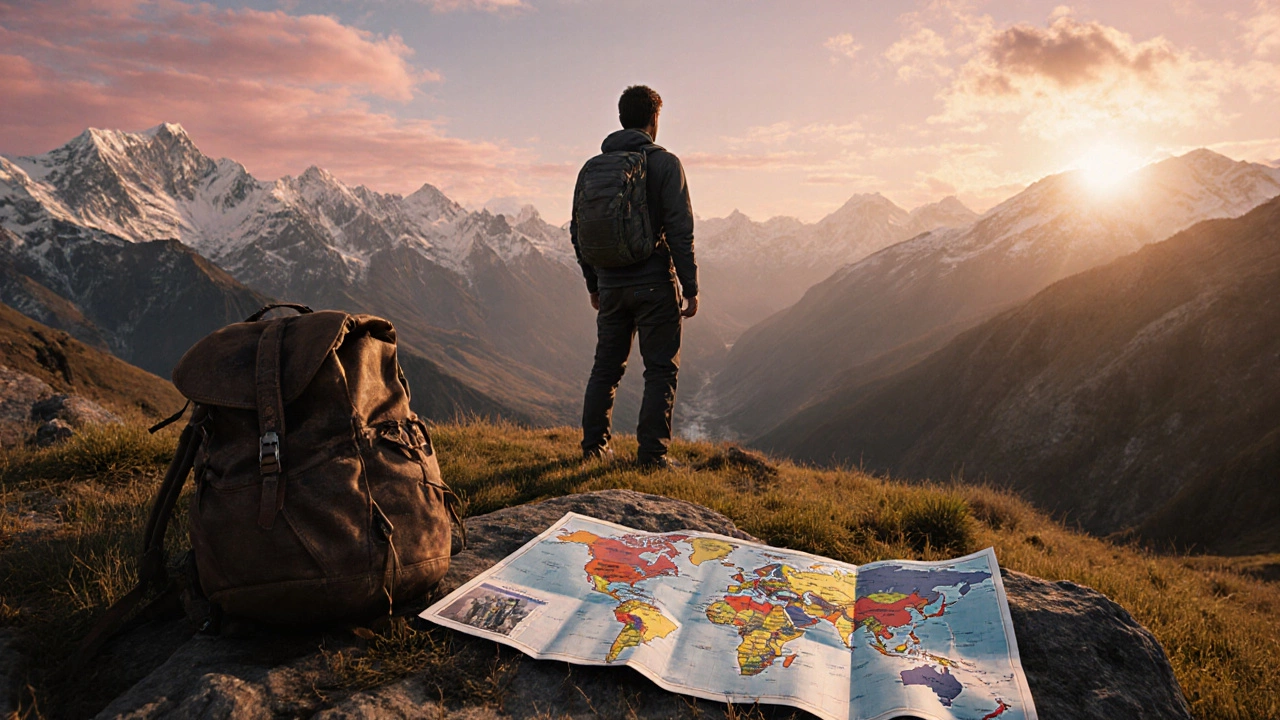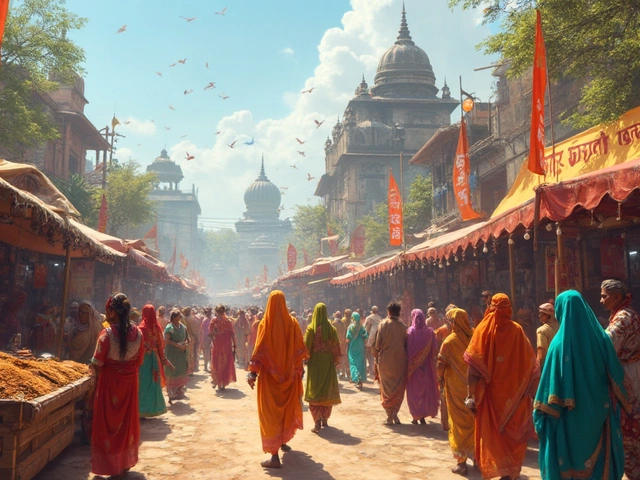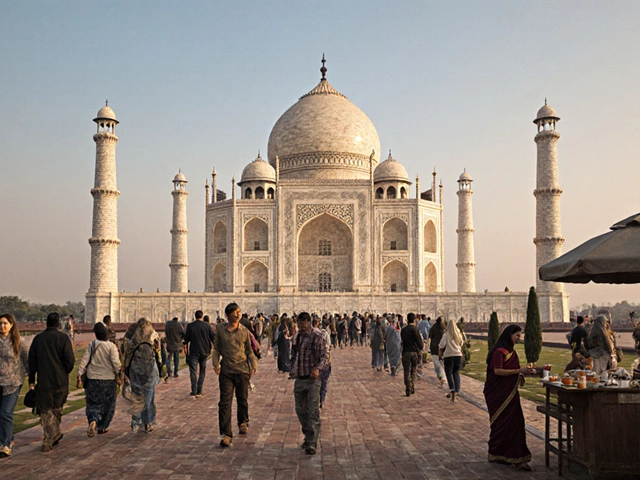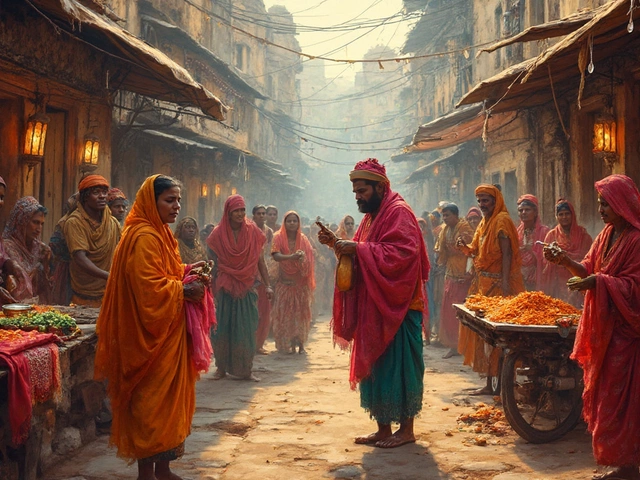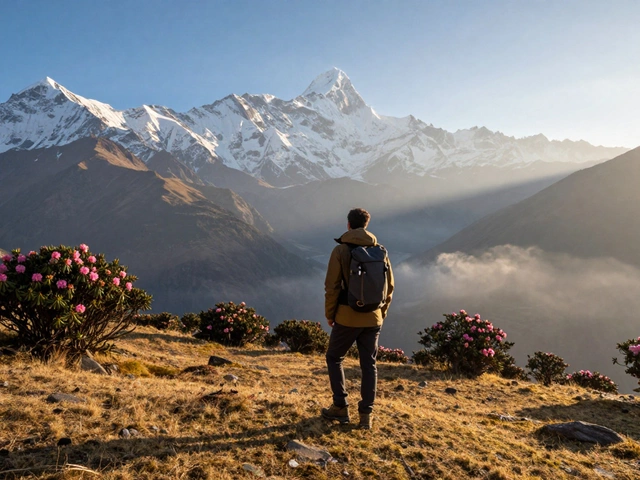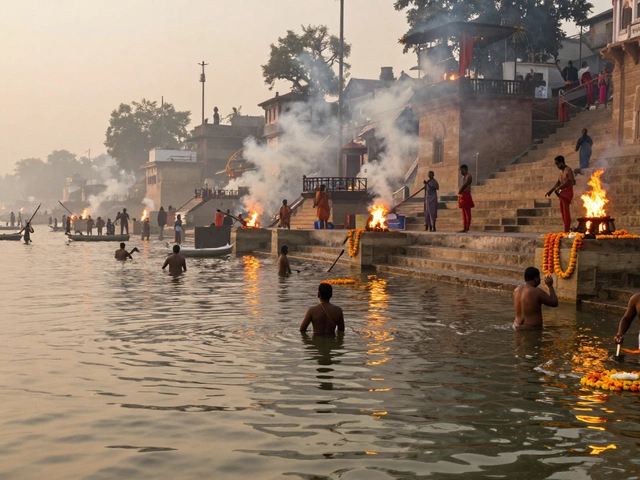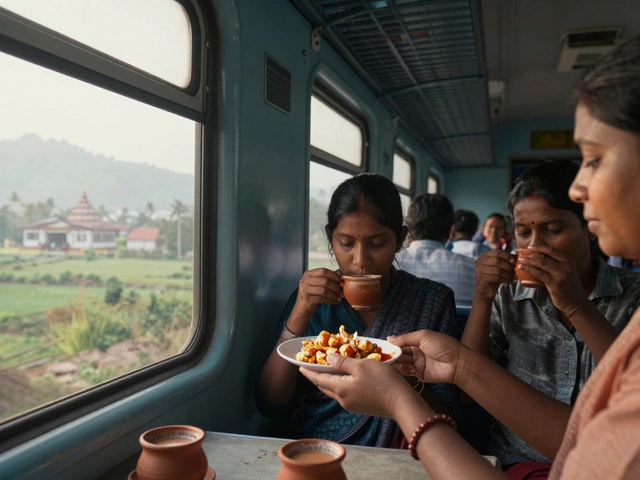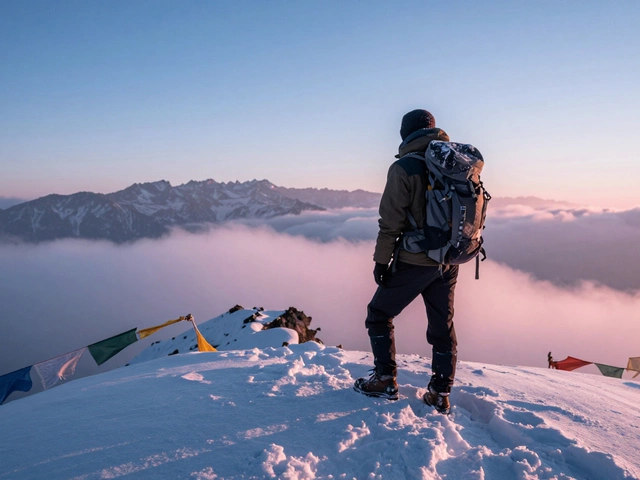When you start planning a big trek, the first thing that pops into your head is usually: best trekking countries. There are dozens of places with epic trails, but only a handful truly stand out for scenery, accessibility, and overall experience. Below you’ll find a straight‑forward guide that helps you decide which nation should be at the top of your bucket list, with a special look at why India ranks high among them.
Quick Takeaways
- India, Nepal, Peru, New Zealand and Canada consistently rank as the world’s top trekking destinations.
- Pick a country based on altitude tolerance, season, cultural immersion and trail support.
- Safety basics - acclimatization, gear, and local guides - are similar everywhere, but local regulations differ.
How to Choose the Right Trekking Country
Before you book a flight, answer these four questions. Your answers will narrow the field dramatically.
- What altitude are you comfortable with? High‑altitude treks (above 4,500 m) need serious acclimatization. If you prefer lower‑lying routes, look for coastal or sub‑tropical options.
- Which climate do you enjoy? Cold, alpine landscapes demand layered clothing; tropical highlands need breathable gear.
- How much culture do you want on the trail? Some routes weave through ancient villages; others stay in remote wilderness.
- What support services matter most? Do you need well‑marked paths, regular tea houses, or can you go off‑grid?
Answering these will point you toward one or two countries that fit your style.
Top 5 Trekking Countries
Below is a snapshot of the five nations that consistently win praise from trekkers worldwide.
| Country | Signature Trek | Typical Altitude (m) | Best Season | Culture on Trail |
|---|---|---|---|---|
| India | Markha Valley (Ladakh) | 3,500-5,500 | June - September | Monasteries, Tibetan‑influenced villages |
| Nepal | Annapurna Circuit | 2,400-5,416 | September - November | Himalayan Sherpa culture, Buddhist stupas |
| Peru | Inca Trail to Machu Picchu | 2,300-4,200 | May - September | Ancient Incan ruins, Quechua villages |
| New Zealand | Milford Track | 600-1,200 | December - February | Māori history, pristine rainforests |
| Canada | West Coast Trail (BC) | 300-800 | May - September | First Nations heritage, coastal scenery |
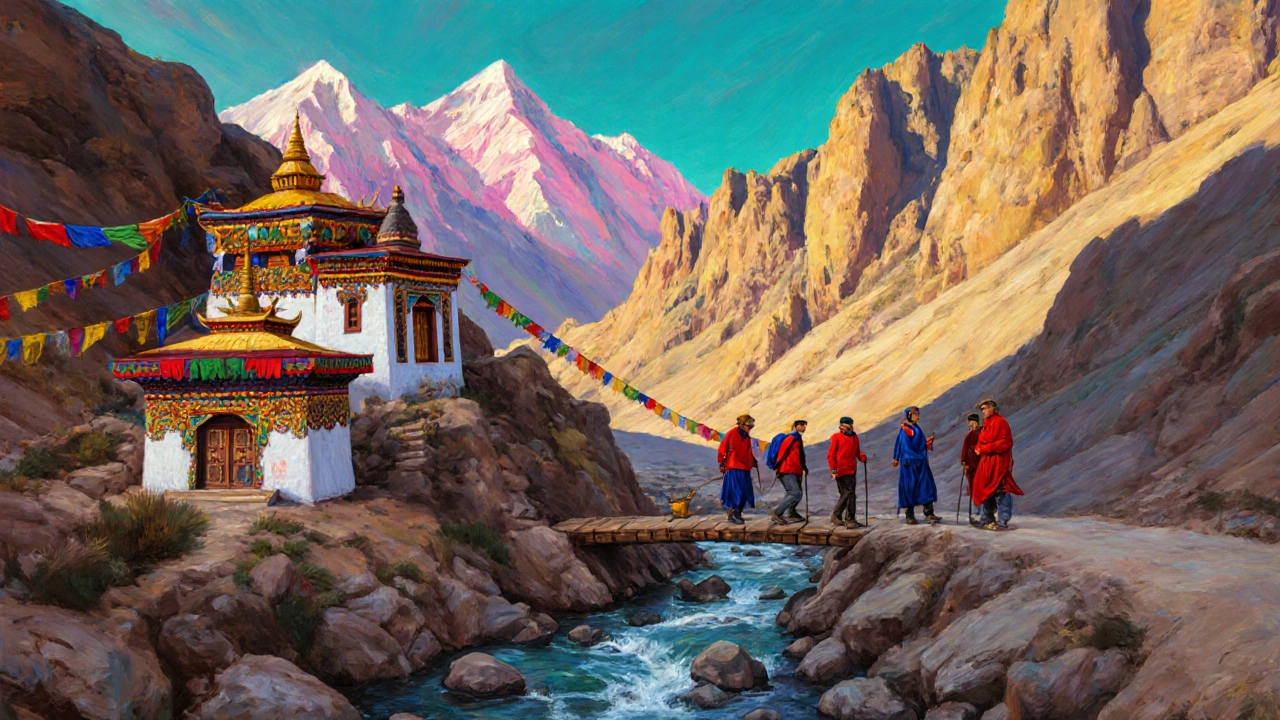
Why India Deserves a Spot at the Top
India offers a rare mix of high‑altitude desert treks, lush Western Ghats routes, and cultural immersion that few other countries can match.
Markha Valley in Ladakh stretches over 70 km, crossing passes that top 4,800 m. The trail is dotted with Buddhist monasteries, spinning prayer wheels, and friendly locals who often invite trekkers for tea. For those who prefer greener scenery, the Western Ghats in South India boast misty shola forests, waterfalls, and the iconic Kumara Parvatha trek, which stays below 1,800 m but rewards you with dramatic ridge walks.
Logistics are straightforward: major international airports in Delhi, Mumbai and Bangalore connect to regional hubs like Leh and Kochi. Indian railways and buses provide affordable transport to trailheads, and a growing network of licensed guides ensures safety. Visa policies are traveler‑friendly, offering e‑visa options for most nationalities.
Safety and Logistics Across All Countries
- Acclimatization: For any trek above 3,000 m, spend at least two nights at an intermediate altitude before tackling the highest sections.
- Gear checklist: Waterproof jacket, insulated layers, sturdy trekking boots, sun protection, and a reliable hydration system.
- Local regulations: Some countries require permits (e.g., Annapurna Conservation Area Permit in Nepal, Inca Trail permit in Peru). Book these months in advance.
- Guide services: Hiring a certified guide reduces risk and enriches the experience with local stories. Look for guides affiliated with national trekking associations.
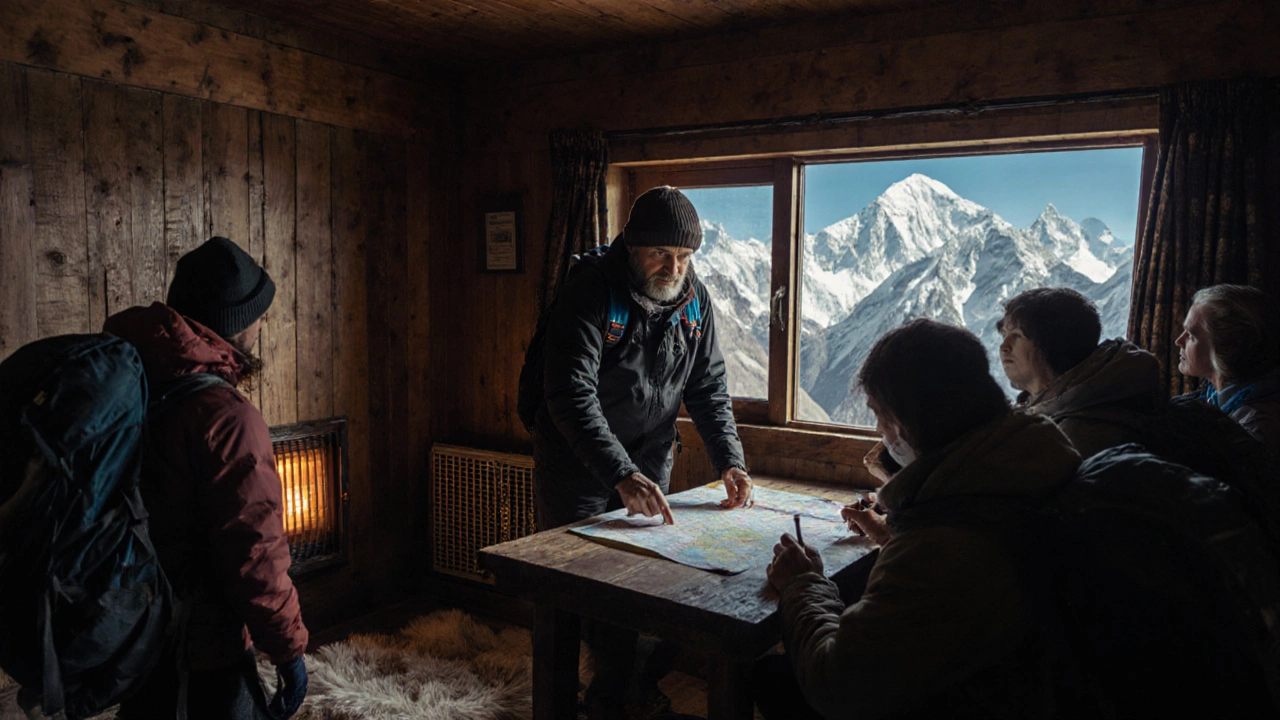
Checklist Before You Hit the Trail
- Choose your country based on altitude, season and cultural interest.
- Secure all necessary permits and visas at least 6 weeks ahead.
- Book a reputable guide or trekking agency with positive reviews.
- Test your gear on a short local hike to confirm fit and functionality.
- Plan acclimatization stops; add extra days if you’re unsure about altitude tolerance.
- Arrange travel insurance that covers high‑altitude trekking and emergency evacuation.
Mini FAQ
Which country is safest for a first‑time trekker?
India and New Zealand rank high for safety because they have well‑marked trails, abundant tea‑house support, and reliable emergency services. Both nations also require guides for many popular routes, adding an extra layer of protection.
Do I need a visa for every trekking country?
Most countries require a standard tourist visa, but some, like Nepal and India, offer an e‑visa that can be obtained online within a few days. Always check the latest embassy guidelines before you book.
What’s the best time of year for trekking in the Himalayas?
Late September to early November offers clear skies, moderate temperatures, and thinner crowds. For Nepal’s Annapurna Circuit, the post‑monsoon window is ideal, while India’s Ladakh treks shine from June to early September.
Can I trek solo in any of these countries?
Solo trekking is possible in New Zealand and Canada, where trail signage is excellent and shelters are frequent. In the high Alps of India and Nepal, it’s safer to join a group or hire a guide, especially if you’re new to altitude.
How much does a typical trekking package cost?
Budget packages in India and Nepal start around $600 USD for a 10‑day trek (including permits, guide, transport and meals). Mid‑range options in Peru and New Zealand hover between $1,200-$1,800, while premium guided trips in Canada can exceed $2,500.
Pick the country that matches your adventure spirit, pack smart, and you’ll be on your way to crossing some of the world’s most unforgettable trails.
